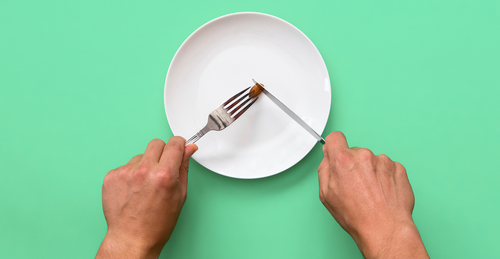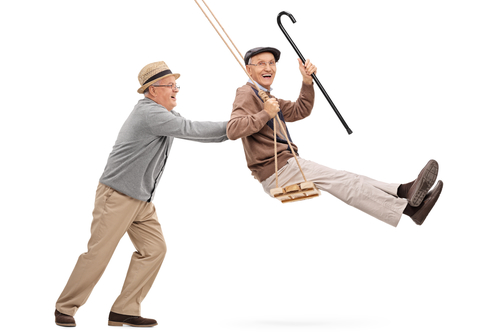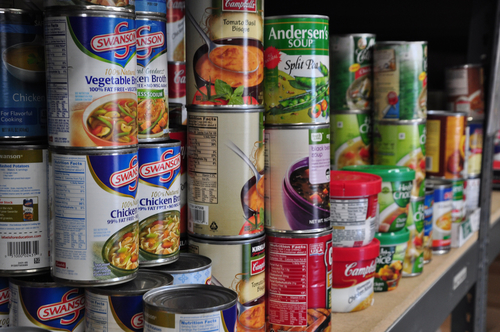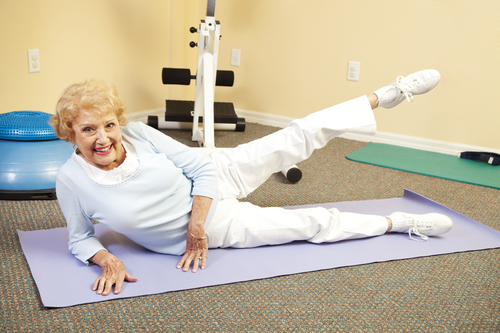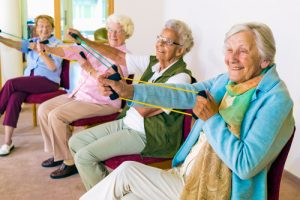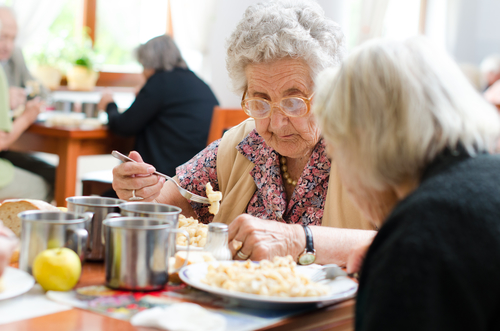
We’ve been talking a lot about how New Hampshire is facing a senior care shortage due to the “Silver Tsunami.” This is when all the Baby Boomers will start be old enough to need senior care.
Germany is facing that same shortage, but how are they handling it?

How Germany is Handling Their Senior Care Shortage?
Germany has almost 3 million seniors needing care across the country. By 2060, that number is supposed to grow to 4.5 million.
Because this problem has been pointed out, Germany’s Chancellor, Angela Merkel, has visited several communities to see what daily life is like for both the residents and the workers.
Needing New Workers
Like with NH, part of the senior care shortage is due to lack of younger workers. At the moment, thousands of care communities are understaffed. Some communities don’t even announce job openings because finding applicants is so hard.
Last year it took 171 days on average to fill a position in senior care. Of course this difficulty depends on the area of the country, but overall it’s hard to get young people interested in caregiving.
Another part of the problem is that carers have low wages. They often make less an hour than all other jobs. This puts off people, especially young people, because they need funds to start their life.
How Germany is Tackling These Problems
Due to all these problems, a joint effort by Germany’s health, family, and labor ministers are now working together with the hope of filling 13,000 positions in their first push.
They also have a Concerted Action Care plan that focuses on 5 things:
1. Improved training programs
2. Better working conditions
3. Digitalization
4. Recruitment from abroad
5. Changing Salaries
Hopefully, this plan will help lessen the burden on Germany’s elderly population and help exhausted workers.
Read more here.


